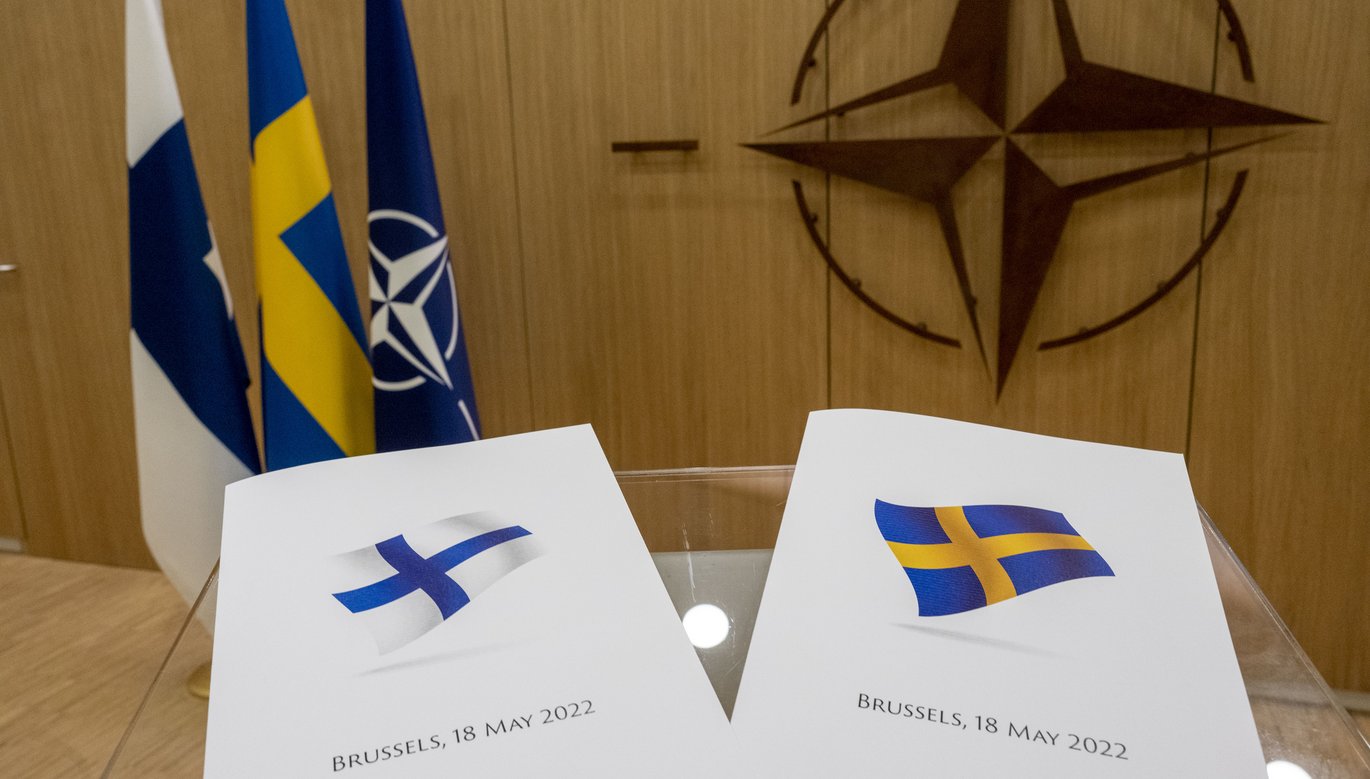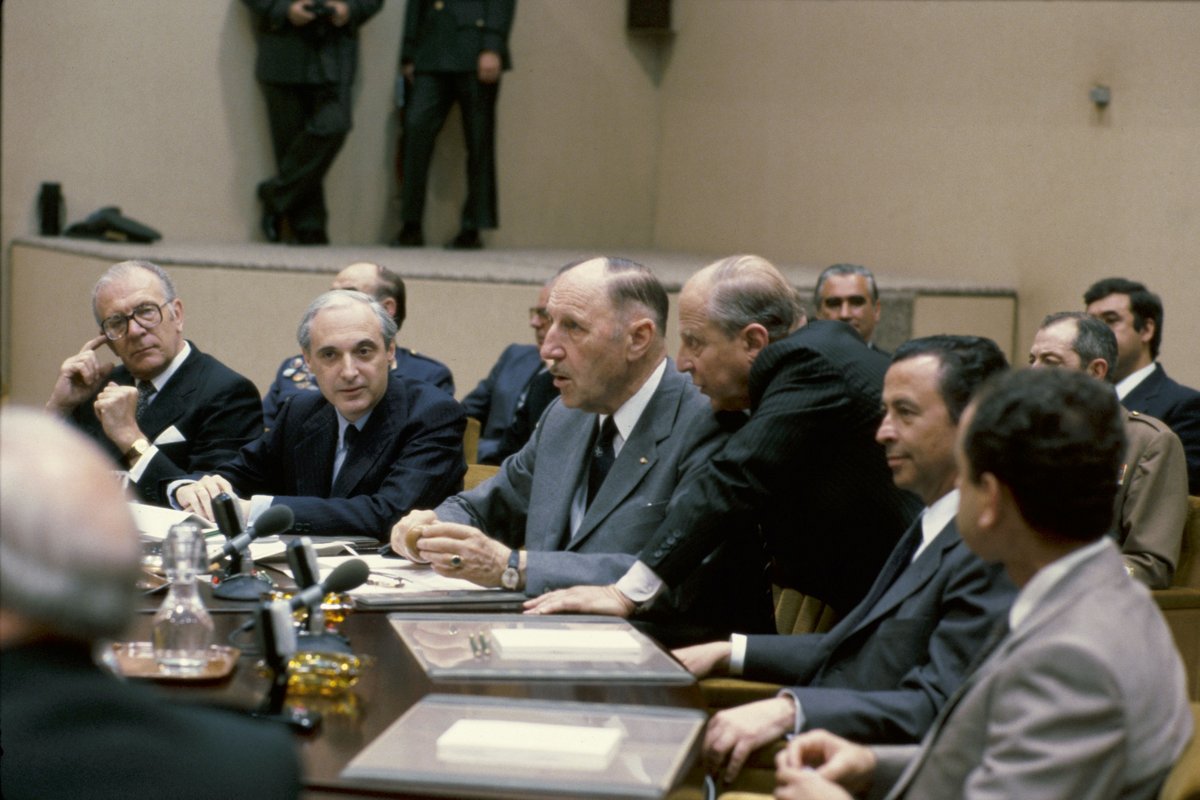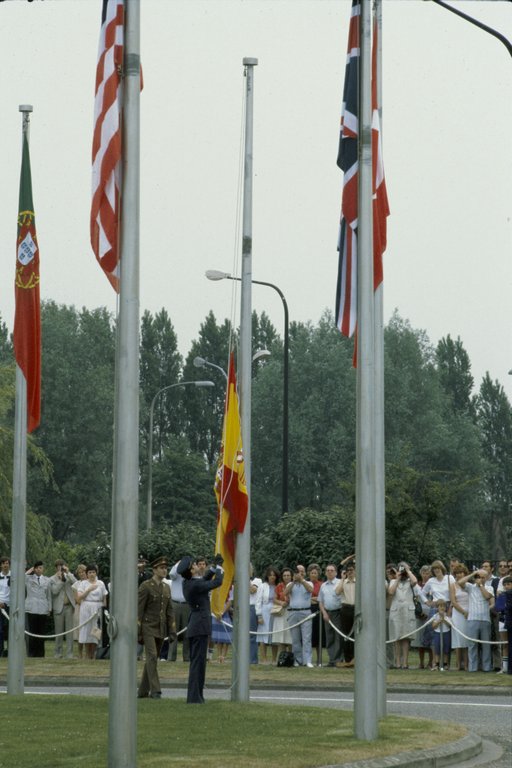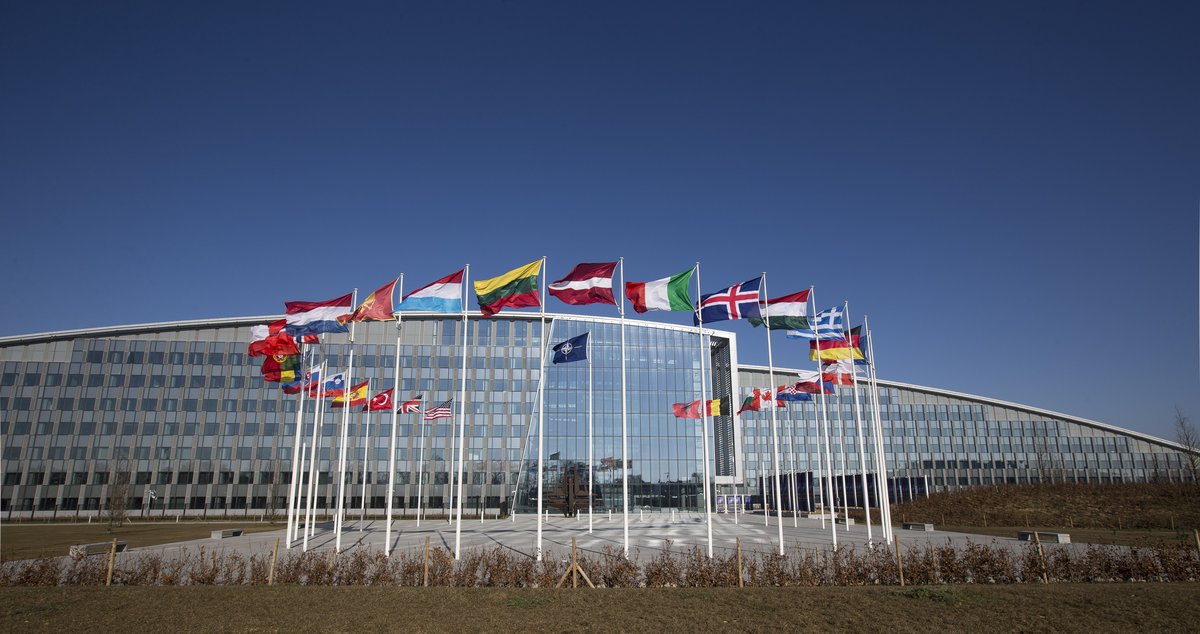Applying for NATO membership: Comparing Spain with Finland and Sweden
All countries applying to join NATO have to carefully consider the domestic and international consequences of membership, and Finland and Sweden are no exception. Before Spain joined in 1982, like Sweden and Finland, it was not a global power and was predominantly concerned with national security. It did not have any nuclear weapons and the country was already firmly considered a part of the West. While there are some fundamental differences between the two cases, Spain’s approach in attempting to step back from the heated rhetoric of the Cold War may provide a useful historical example in attempting to de-escalate tensions.

Finland and Sweden have applied to join NATO and it seems that they could become new members of the North Atlantic Alliance before the end of the year – provided that possible reluctant NATO member countries, such as Turkey, agree to it. If Russia’s aim with the invasion of Ukraine was to prevent neighbouring countries joining NATO, it has miscalculated badly. With its aggression, Russia has helped to revive the Alliance, which just a couple of years ago was “becoming brain-dead” in the words of Emmanuel Macron.
In the 1970s and early 1980s, NATO was also in crisis, especially on its southern flank, and it was in that context that Spain entered the Alliance in 1982. It is interesting to compare the possible NATO membership of Sweden and Finland with the entry of Spain.
Are there similarities between then and now?
Most obviously perhaps, all three countries were/are seeking to maximise their security, and back then NATO was eager to expand, as it is now. Furthermore, both the Iberian Peninsula and Fennoscandia are in salient geostrategic positions, which renders their alignment internationally relevant.
Finland and Sweden have privileged the most fundamental type of security, that of physical security, over other considerations. The Nordic countries have felt their physical integrity threatened by Russia, an external actor that is seen as being able to carry out a conventional invasion (as the example of Ukraine has proven), a nuclear attack, or another kind of military intervention in neighbouring countries.
In the case of Spain, its main reason for joining NATO was similarly the physical security that it could provide. But another important reason was to safeguard Spain’s institutional security: Unlike the situation in Sweden and Finland today, there was a threat from within, and the decision to apply for NATO membership was largely triggered by the failed coup attempt led by a sector of the Spanish army in February 1981 when democracy in Spain was not even four years old.
One more reason for Spain to join the Alliance was to multilateralise the extremely asymmetrical bilateral relations with the US. Since 1953, the countries had had a military agreement that was very advantageous for the Americans. In exchange, the regime of Francisco Franco gained international recognition and economic and military support. The bilateral pact was renewed and amended in 1976 after the death of Franco and before the democratisation of Spain, but the new Treaty of Friendship and Cooperation was still unbalanced. With accession to NATO, the Spanish expected to establish a more balanced relationship, one of equal partners, with the US.
Other similarities include that, leading up to the decision to join, each of these countries’ populations had historically been against the integration of their countries in NATO. In fact, the Nordic countries were often seen as a buffer or a mediator between East and West during the Cold War, and even before. Also, all three countries have not had nuclear weapons and they do not want them on their territory, and pressure from other nations and international organisations have of course sought to influence the domestic debates on the issue of joining the Alliance or not in all three cases. Pressure has been put on them not to join from the USSR in the case of Spain and Russia in the case of the two Nordic countries. The US in turn, has pressed in favour.
Importantly, the anxiety amongst the population at large about the possible retaliation that joining NATO could spark was and is real in each case. In the months leading up to the Spanish application, the key questions were understandably: when to join, and what would the possible Soviet reaction be. For the Spanish, the right moment to join was to be when they had absolute certainty that there would be unanimity among NATO members in accepting Spain as a member. As for the possible reactions from the USSR, the Spanish thought that there would be a Soviet domestic campaign of propaganda and misinformation, but that ultimately accession would help to clarify Spain’s relationship with the Soviet Union. In fact, this turned out to be the case. After initially showing disagreement with NATO’s enlargement, the USSR tried to maintain good relations with Spain after 1982. It was in the USSR’s interest to do so because the Iberian country could be influential in NATO (and from 1986, also in the EEC) and in general it shared with the Soviet Union an interest in deepening a pan-European dialogue in favour of peaceful coexistence.
What are the main differences between now and then?
The most fundamental difference between now and then is that the background to the current geopolitical context is that of a reconfiguration of the world order. Russia no longer offers an attractive model – as it did to many back then as an alternative to capitalist America – and, because of its recent aggression to Ukraine, there is war in Europe. Spain’s application happened during the Cold War at the end of the period of détente, and although the USSR was involved in a war in Afghanistan, there was no immediate fighting on European soil.
Other important differences are that Spain was an individual country joining NATO and that it is in the south-western corner of Europe, while Finland and Sweden are Russia’s neighbours, the former sharing more than 1300 km of border with Russia, and the latter sharing a maritime border. Therefore, the perception of risk related to Russia in these countries is very different. Additionally, Spain joined NATO with a very slim parliamentary majority and without social consensus, while in Finland and Sweden there is agreement among almost all political parties and strong voter support in favour of joining NATO.
From my review of the primary sources from the historical archive of the Spanish Foreign Ministry (Archivo General de la Administración) and from the archive of Marcelino Oreja Aguirre, Spanish minister of Foreign Affairs between 1976 and 1980 (University of Navarra), it can be seen that, in the years immediately before the membership application, Spain saw NATO as constantly evolving, highly heterogeneous, and with internal tensions, largely as each member was linked to NATO in a different way and had different interests. This generated doubts in the government which were reinforced by the fact that the Spanish considered that Article 5 of the North Atlantic Treaty did not offer sufficient warranties, especially because it did not foresee a protocol for automatic response in the case of an attack. Therefore, the obligation to help and the kind of help to be provided was open to interpretation. This contrasts starkly with the current interpretation of Article 5 by the Nordic countries, who see it as a guarantee for their safety. Notwithstanding this fact, the existence of the American nuclear arsenal offered/offers the psychological effect of deterrence, which both the Spanish and the Nordics consider to be very important.
They also diverged in the way they evaluated the benefits of membership. The Spanish thought that considering the pros and cons of the organisation itself was wrong; such an approach would always be inadequate because NATO was so complex and full of peculiarities that it would be difficult to foresee the future developments of each NATO member. This focused the decision-makers’ minds on determining clearly what was in the best interests of Spain itself and to consider the degree to which they could be satisfied by joining NATO. These were the consolidation of democracy – the Spanish government saw a positive link between NATO membership and democracy –, the strengthening of its national defence, and greater integration in the West in general (just when the country was very interested in joining the EEC). The Nordic debate, it seems, has focused more on evaluating the pros and cons of accession.
Are there any lessons that can be learned?
Trying to learn lessons from the past is tricky, but it may be useful to highlight Spain’s approach which was to try to step back from the overriding, heated rhetoric of the Cold War. Spain was not a global power and its argument was that it simply had to consider the best security option for the nation. The Spanish government considered that the international debate on Spain’s NATO membership prior to its membership application was rather artificial; the country was linked to the West in so many ways that its entrance in the Alliance would not – and did not - modify the European balance substantially. In putting forward these arguments, it was trying to disentangle itself from the polemical situation between NATO and the Warsaw Pact. Today, on both sides of the Ukraine war, there is arguably a similar susceptibility for large gestures and a potentially dangerous bellicose rhetoric predominates both in the East and in the West. The case of Spain suggests that good relations with Russia can be developed even after NATO membership. Whether Sweden and Finland - and perhaps other countries - can make use of Spain’s example remains to be seen, however.
Further reading:
- Paul Preston and Denis Smyth, España ante la CEE y la OTAN [Spain before the EEC and NATO], Barcelona, Grijalbo, 1985.
- Charles Powell, El amigo americano. España y Estados Unidos: de la dictadura a la democracia [The American friend. Spain and the United States: from dictatorship to democracy], Barcelona, Galaxia Gutenberg, 2011.
Links:
Spanish Administrative Archives (Archivo General de la Administración)



